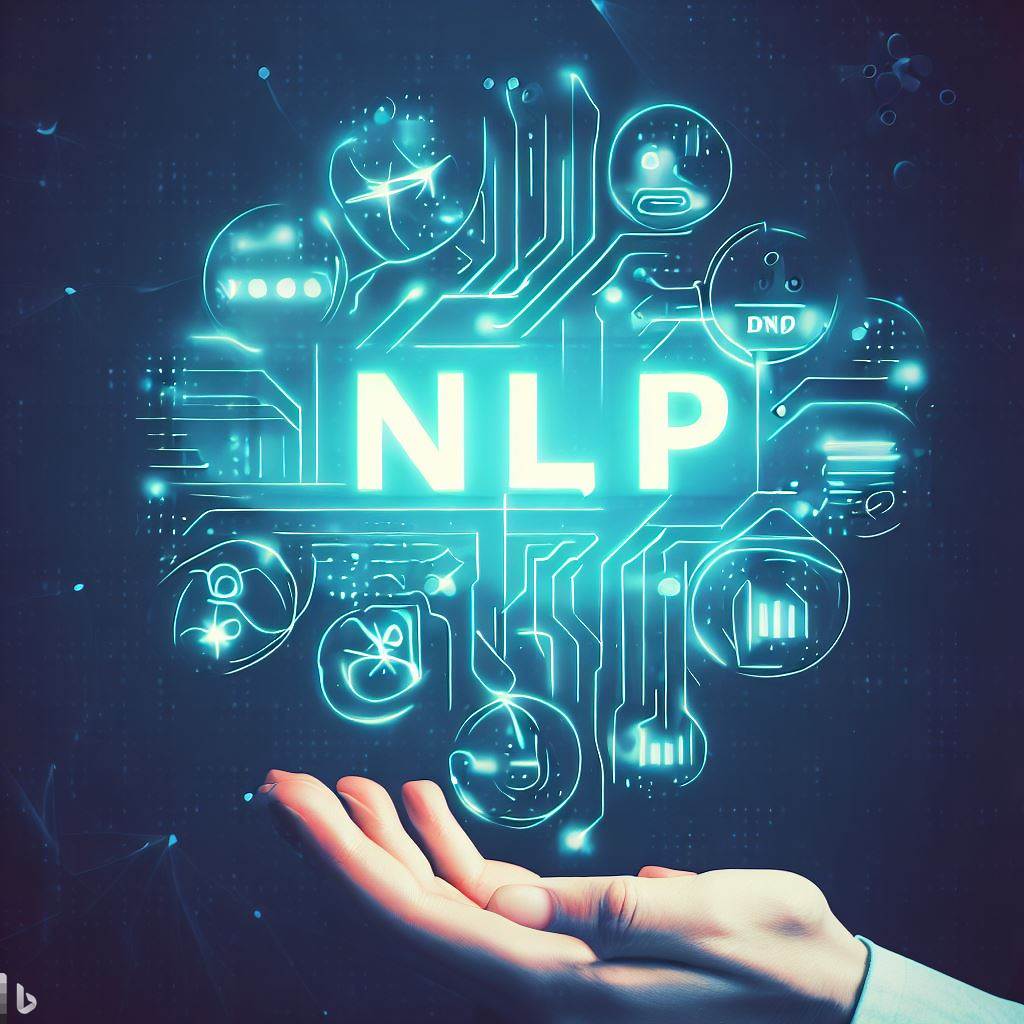Natural Language Processing, or NLP, is a marvel of Artificial Intelligence (AI) that has transformed human-computer interactions with natural language. NLP has emerged as an essential tool for both individuals and businesses. From language translation to sentiment analysis, NLP is being utilized in a diverse range of applications, making it a hotbed of research and development for data scientists, researchers, and developers alike.
In this blog, we’ll embark on a journey to the heart of NLP, exploring its fundamental concepts, practical applications, and potential impact on various industries. Read the full article, we will unravel the mysteries of Natural Language Processing.
What is Natural language processing (NLP)?
As we all know, we humans communicate in many ways through speaking and listening,
making gestures, using specialized hand signals, such as when driving or directing
Traffic, using sign languages for the deaf, or through various forms of text.
By text, I mean words that are written or printed on a flat surface ( written on paper, cards, street signs, and so on) or displayed on a screen or electronic device so that the intended recipient could read them (or by whoever happens to be passing by).
However, computers cannot interpret/understand the data, which is in natural language. Computers communicate internally in binary language. Natural language processing (NLP) is a field of computer science and more specifically, the branch of AI.

NLP combines linguistics and computer science to help computers understand and process human language. By analyzing text and speech data, computers can comprehend, analyze, and extract important information in a way that makes sense to them. Like humans, computers use programs and sensors to read and collect data, and a program to process it. Eventually, the data is converted into code that the computer can understand. Companies use NLP to analyze data and automate repetitive tasks.
How does Natural Language Processing Function in AI?
Natural language processing involves two main phases: data preprocessing and algorithm development. Data preprocessing includes tasks such as sentence segmentation, tokenization, stemming, and lemmatization. These tasks are used to clean and organize text data for machines to analyze.
The two components of natural language processing are natural language generation (NLG) and natural language understanding (NLU). NLG involves creating meaningful phrases and sentences from data, while NLU enables machines to understand and interpret human language by extracting metadata from content. NLU is more difficult than NLG due to lexical, syntactic, and referential ambiguity.
Sentence segmentation involves breaking up a stream of characters into separate sentences.
Tokenization involves breaking up a sentence into separate words or tokens, and stemming and lemmatization involve normalizing words into their base or root form. Stop word analysis involves filtering out frequently occurring but less important words. Dependency parsing is used to find out how all the words in a sentence are related to each other.
Then, Part of the speech of Tagging POS tags contains verbs, adverbs, nouns, and adjectives that help indicate the meaning of words in a grammatically correct way in a sentence
NLP makes human-computer communication more intuitive by enabling computers to understand human language.
Role in AI
- NLP enables machines to understand, analyze, and generate human language
- NLP helps bridge the communication gap between humans and machines
- NLP is the foundation for various AI technologies, such as virtual assistants, chatbots, and recommendation systems
- Virtual assistants like Siri and Alexa use NLP to understand spoken language and respond appropriately
- NLP is essential in processing large volumes of language data for deriving valuable insights and trends that would be difficult for humans to do manually.
Benefits of NLP
NLP benefits include improved accuracy and efficiency of documentation, automatic summarization of complex texts, enabling personal assistants like Alexa to understand the spoken word, chatbots for customer support, easy sentiment analysis, and advanced analytics insights previously inaccessible due to data volume.
Application of NLP
Natural Language Processing (NLP) has a wide range of applications across various industries. We are looking at some of the key applications of NLP.
- Sentiment Analysis: NLP is used to analyze text data and determine the sentiment of the text. This is useful for businesses to monitor customer feedback and understand the sentiment toward their brand or product.
- Chatbots and Virtual Assistants: NLP is used to power chatbots and virtual assistants, allowing users to interact with the system using natural language. This is useful for customer support, personal assistants, and more.
- Language Translation: NLP is used to translate text from one language to another, making it possible for people to communicate with each other even if they don’t speak the same language.
- Speech Recognition: NLP is used to recognize and transcribe speech into text. This is useful for transcribing audio and video recordings, as well as for voice-enabled assistants and other applications.
- Spell and Grammar Checking: NLP is used to detect and correct errors in spelling and grammar, such as the autocorrect feature on your phone or grammar-checking tools in word processors.
- Named Entity Recognition: NLP is used to identify and extract named entities, such as people, places, and organizations, from large volumes of text. This application is particularly useful in legal and financial industries
- Text Summarization: NLP is used to summarize large volumes of text, such as news articles, research papers, and legal documents, into shorter summaries that capture the key information.
- Information Extraction: NLP is used to extract information from unstructured data sources such as news articles, social media posts, and more. This can help businesses gather insights about their industry, competitors, and customers.
NLP is applied in various industries, including healthcare, marketing, finance, and education.
Read more: Artificial Intelligence (AI), Its Types, and How AI works ?
FAQs
